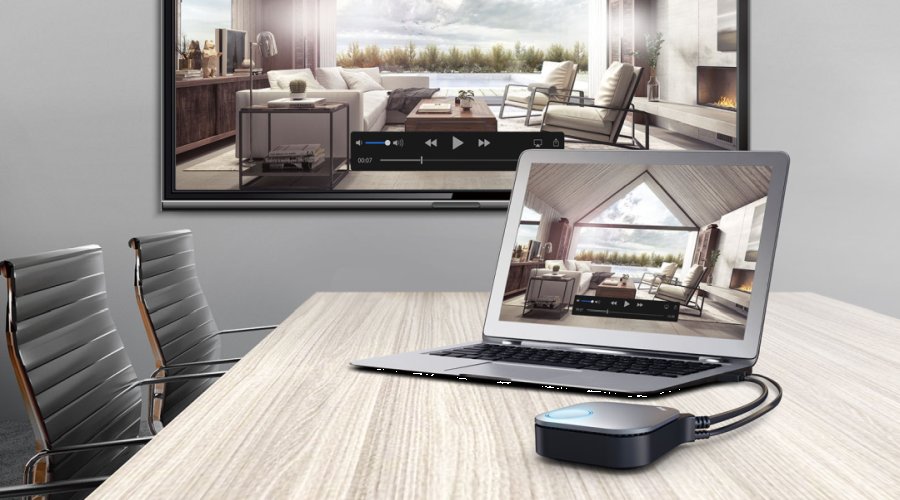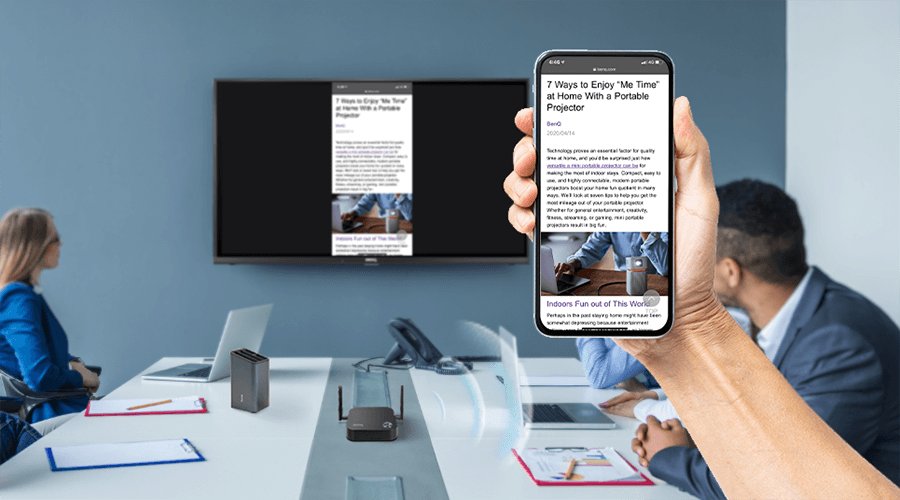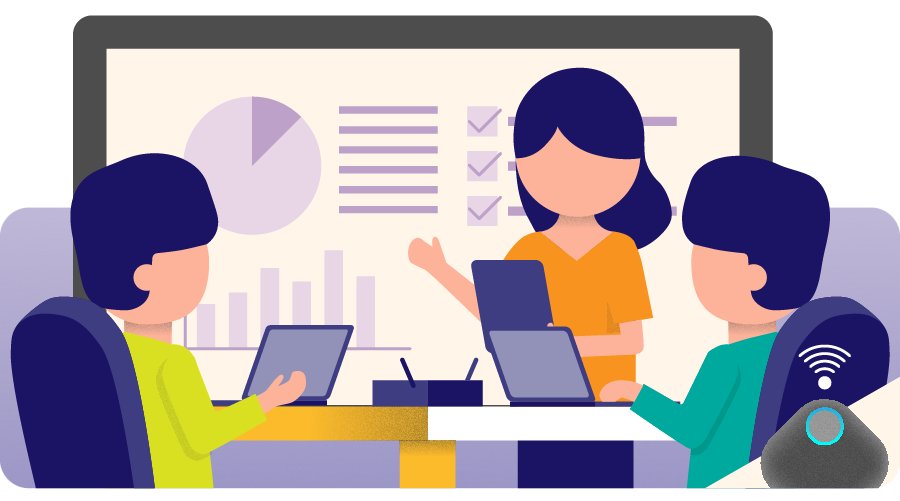Projector
Monitor
Lighting
Digital Display
Job References
This site uses cookies. By continuing to browse the site you are agreeing to our use of cookies, you can also manage preferences.
This site uses cookies. By continuing to browse the site you are agreeing to our use of cookies, you can also manage preferences.
Projector
Monitor
Lighting
Digital Display
Job References
Projector
Monitor
Lighting
Digital Display
Job References
Knowledge Center SupportEver since the early IBM PC’s, people have been using VGA to transport video signals. With its 15 pin D-Sub connector, it is one of the most popular video cables sold for decades. But with the invention of the higher resolution HDMI standard in 2002, these legacy VGA ports have been rapidly disappearing from notebooks and displays. So what is the best way to transition from VGA to HDMI?
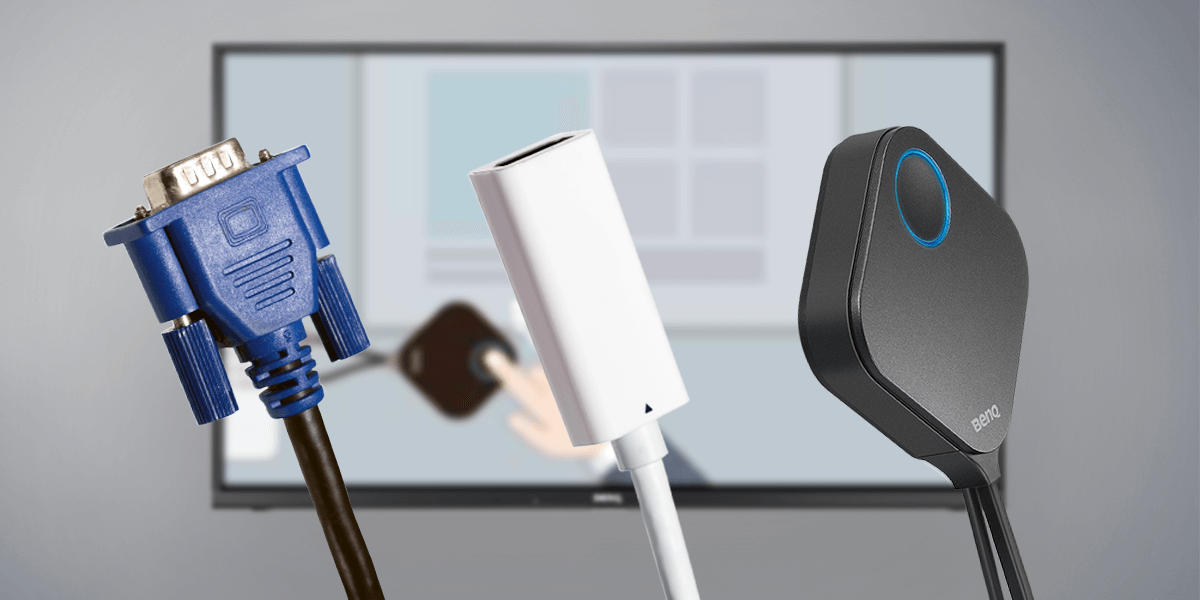
The VGA interface is an analog-based signal and uses a 15 pin connector to send video signals from a source to a device. It can display video resolutions up to 1080p and does not have any copy protection – making it inexpensive to split and share the signals. However, it required a separate audio cable – and the wires themselves were a bit bulky.
When HDMI was invented in 2002, it quickly became the standard for digital content transmission. It can handle video, audio, and control data all at the same time – and supported HDCP copy protection. Nearly every notebook and display source support HDMI in one way or another, and with its ability to support 4K and Rec 2020 color data, it is now the standard digital AV interface.
While technology moves forward at one pace, buildings and infrastructure often move slower. That means that there are many situations where you still may need to send a signal through a VGA port to an HDMI display. For example, an older desktop computer may only have a VGA output, and in many classrooms, the only connection to the projector is a VGA port integrated into a wall plate behind the teacher desk.
The fastest way to get a signal from a VGA source or cable to an HDMI enabled display is using a VGA to HDMI converter.
There are dozens of these types of devices on the market ranging from $10 to $30 depending on the features of the converter. While they all work – keep in mind that converting VGA to HDMI, you are converting analog signals to digital (or reverse) which may affect the image.
Wireless Presentation System BenQ InstaShow
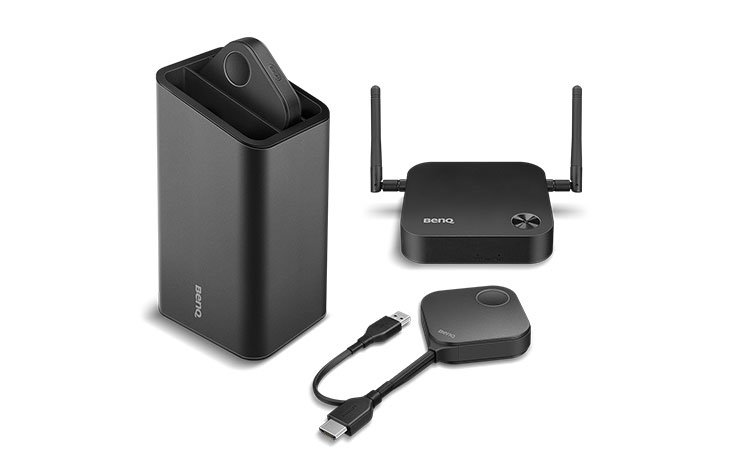
Nowadays in many classrooms and meeting rooms, there may be legacy VGA cables and wall plates installed into the room or table – but either the laptop or display needs to connect via HDMI. For example, you cannot buy a Dell Chromebook or MacBook today with VGA port adapters. Also, if your projector has anything higher than 1080p resolution – then you cannot support the extra pixels. Rather than wasting money on installing HDMI cables, adapters, and switches – consider going wire-less.
While there are dozens of different wireless products available today, only a handful of them has been adopted into commercial applications such as schools and corporate meeting rooms. For example, the inexpensive Google Chromecast is in millions of homes but has significant shortcomings when use in a classroom or collaboration space. A better solution for these spaces may be a wireless presentation system.
While these systems are typically more expensive than a Chromecast stick, they are designed for classroom and meeting room use. For example, the BenQ InstaShow solutions can be easily installed on top of a ceiling-mounted HDMI ready projector in minutes – and then a teacher or presenter connects in seconds using a button to present. These buttons can be used with any notebook, Chromebook, media player, or even digital camera, to wirelessly send 1080p video and audio content to your projector. It’s a simple way to update a classroom – without the cost of paying a contractor to lay cable into the wall.
For medium-sized and larger collaboration spaces, the InstaShow S WDC20 has additional features such as the ability to wirelessly connect to a phone (something impossible with VGA), and the ability to display four different presenter screens at the same time on a single display – at 4K resolution.
For about the same price a contractor would charge you to replace VGA cables with HDMI, you may be able to transition to wireless presentation system– and dramatically improve your learning or collaboration space capabilities.
Sometimes it can be difficult to find answers to your questions when trying to find the right wireless system for your classroom or business. Since most retailers don’t have experts on the floor that can help –where can you turn?
For customers looking for advice on choosing the right wireless system for their space, you can talk directly to an experienced BenQ product expert who can guide you to the best one for your application. We also can help you find a reseller nearby, or if you want, you can purchase one right on the phone. You can reach BenQ experts at 888-818-5888 or if you want to use email instead, you can reach us at BenqB2B.BQA@Benq.com.
Wireless screen mirroring systems are relatively new on the market, but you can find more detailed answers to your questions on the BenQ Wireless Presentation System Knowledge page which has more detailed articles on common topics such as using Mac’s or AV devices with a screen mirroring system as well as comparison of popular models.
Thanks for your feedback!

